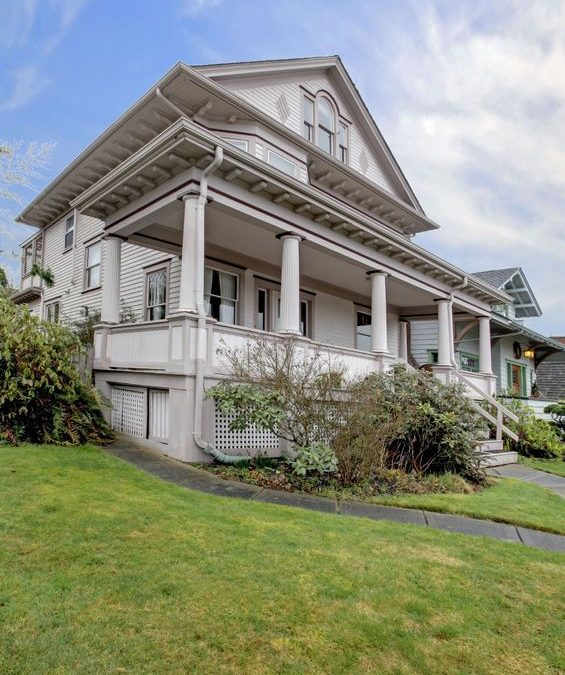Every home buyer gets a professional home inspection before purchase is final. But how do you do a quick inspection beforehand – before spending all of the time and energy required when putting in a new offer, waiting for the seller’s reply, and generally getting your heart set on a particular historical home?
While we are not home buying specialists by any means, we do understand how hard the real estate market is for buyers right now. That’s why we are providing you with a quick “how to” do your own, DIY, quick plumbing inspection. This is by no means the professional, full inspection that will be done by your contracted inspector. For more information on that type of inspection, take a look at our previous article.
DIY Home Plumbing Inspection
Most homes have the utilities on when you first enter them, which is a good thing as you will need the water to be on to do a quick, DIY home inspection of the plumbing.
- Examine exposed pipes for rust, dripping, corrosion, or other issues. There are a lot of pipes flowing in and out of the home, so be sure to check all visible supply lines for toilets, sinks, and appliances.
- Turn the water on in the sinks and tubs and examine both how it flows down the drain (be mindful of clogs) and take a look at visible pipes below the drain. If there is any leaking occurring, you know a plumbing problem exists.
- Check the area around the tub or shower for puddles or slight leakage. This could mean the water is seeping into the walls and the floor, so you want to be sure to note this issue.
- Look for discoloration on the floor or area below pipes and the water heater. This could mean that the area experienced persistent leaking that you need to ask the seller about.
- Turn all of the taps off and then spend a few minutes watching them.If drips are coming out for a few minutes when the tap is turned off normally, the home has a leaking issue that should be noted for the sellers to fix.
- Flush the toilets in the house. They should refill just as usual, taking about a minute. If the toilet doesn’t flush properly, the water keeps running past the point at which the toilet should have refilled, or water leaks out of the toilet’s base, make a note of this.
All of the above issues need to be noted and talked over with your real estate agent, as they may give you an upper hand when it comes to providing a competitive offer. They also may make you decide to choose a home with fewer plumbing issues.
Most Common Plumbing Issues in Older Homes
While all of the above signs can indicate a number of problems, the most common plumbing issues you will encounter in older homes are:
- Poorly done repairs
- Rusted or old pipes
- Broken or offset pipes
- Pipes made of material that is no longer up to code
If you fall in love with an older or historical home, be sure to ask your home inspector to determine as much about these potential plumbing issues as he or she can.
Concerned about your historical Portland home’s plumbing or sewer system? Be sure to contact Clog Busters LLC for a video inspection. We can find out much about a system by pushing a camera through the whole sewer line. Contact us today to schedule your next inspection.

